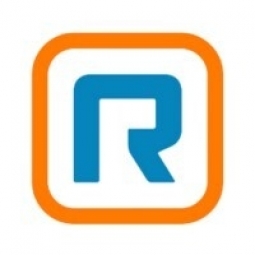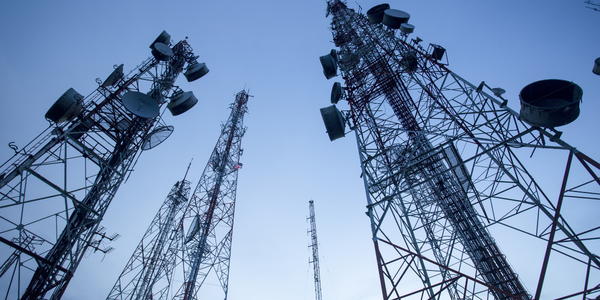Technology Category
- Networks & Connectivity - 5G
Applicable Industries
- Education
- Telecommunications
Use Cases
- Edge Computing & Edge Intelligence
Services
- System Integration
About The Customer
The Comprehensive Blood & Cancer Center (CBCC) is the nation’s largest free-standing, privately held cancer center, founded in 1984. Located in Bakersfield, California, CBCC has provided treatment for over 100,000 patients and offers a variety of services including patient and community education, genetic counseling, social services, occupational therapy, nutritional counseling, and patient and family support groups. It is affiliated with the UCLA Community Research Network, offering patients the opportunity to participate in clinical trials of new cancer treatments. The center has over 280 employees and continues to grow.
The Challenge
The Comprehensive Blood & Cancer Center (CBCC), one of the largest free-standing cancer centers in the Western United States, was struggling with an outdated communications system. The legacy PBX system was not only old but also lacked a backup, which was a significant risk in a medical setting where phone communication is critical, especially during patient emergencies. The system was also hindering the center's agility and growth due to the complexity involved in moving people or departments around. Adding new people and locations required a labor-intensive process of running wires and installing new ports. The management and support of the old PBX hardware and the cost of T1 lines were inefficient and did not provide the flexibility and functionality needed by the center.
The Solution
CBCC decided to replace its legacy PBX system with a cloud communications system. After researching several options, it chose RingCentral Office. Unlike the previous system that required two T1 lines and two on-premise PBXs due to the number of users, RingCentral eliminated these physical limitations. The new system enabled physicians, nurse practitioners, and physician assistants to easily reach out to patients to provide the necessary care and information. The system's auto attendant feature eliminated the need for each call to be answered by a live operator, allowing the center to better handle call volumes. RingCentral also made it easy to set up users in the new space during the center's expansion project, promising easy support for future growth.
Operational Impact
Quantitative Benefit

Case Study missing?
Start adding your own!
Register with your work email and create a new case study profile for your business.
Related Case Studies.

Case Study
Vodafone Hosted On AWS
Vodafone found that traffic for the applications peak during the four-month period when the international cricket season is at its height in Australia. During the 2011/2012 cricket season, 700,000 consumers downloaded the Cricket Live Australia application. Vodafone needed to be able to meet customer demand, but didn’t want to invest in additional resources that would be underutilized during cricket’s off-season.

Case Study
SKT, Construction of Smart Office Environment
SK T-Tower is the headquarters of SK Telecom. Inside the building, different types of mobile devices, such as laptops, smartphones and tablets, are in use, and with the increase in WLAN traffic and the use of quality multimedia data, the volume of wireless data sees an explosive growth. Users want limitless Internet access in various places in addition to designated areas.











